
Not everything in your home gets the cleaning love it deserves. Sure, you hit the obvious stuff, but there are quiet little offenders collecting grime month after month. And no, rinsing them off now and then doesn’t count. These items need real attention—and probably more often than you think. Let’s break down the ones that need your focus every month.
Washing Machine Drum

Grime from detergent and softener accumulates inside the drum, particularly in front-loaders. That residue traps moisture and fosters mold, mostly under the rubber seal. Monthly cleaning helps prevent musty laundry smells and keeps the machine running efficiently without spreading mold to clothes.
Dishwasher Filter

When the dishwasher filter is left dirty, it can redeposit grime onto dishes. Grease and leftover food stuck in the filter can begin to decay, causing odors and poor sanitary results. Many users don’t realize the filter is removable. Ignoring the filter, on the other hand, leads to poor results and a breeding ground for bacteria inside your appliance.
Bathroom Exhaust Fan
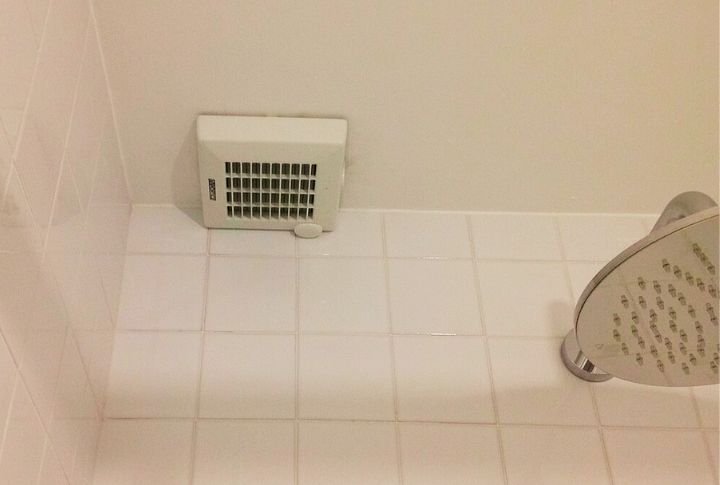
Over time, dust buildup in the fan can block proper airflow, raising moisture levels and creating conditions for mold growth. If left unmaintained, the fan can even overheat and pose a fire hazard. Regularly cleaning the vent and motor housing improves air quality and safety, as poor ventilation can lead to mildew on walls and ceilings.
Garbage Disposal Blades
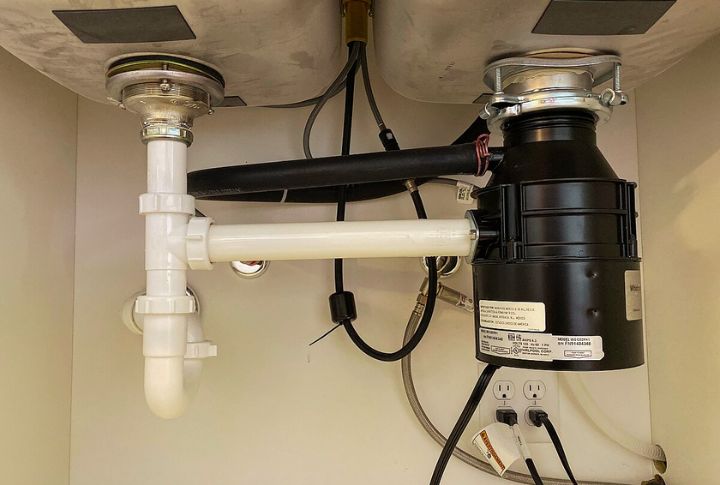
Spoilt food scraps under the flaps create foul kitchen odors. Ice cubes and vinegar help clean the blades naturally, while citrus peels freshen and sharpen them. Without regular maintenance, grime builds up and spreads bacteria. Fresh-smelling kitchens start with clean blades and no rotting food hiding under the flaps.
Ceiling Fan Blades

Routinely wiping down fan blades helps maintain air quality and keeps dust from circulating throughout the room. Dust accumulates quickly, especially on fans that are rarely used, and can trigger allergies. Excess buildup may also unbalance the blades, which can strain the motor and affect how efficiently the fan runs.
Toilet Tank Interior
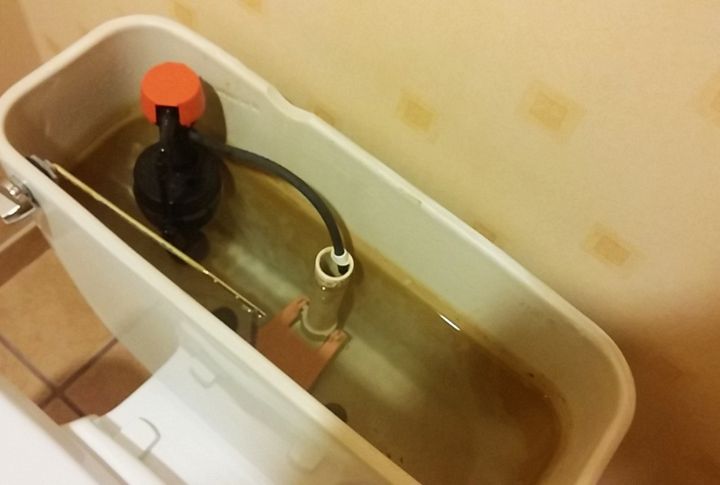
Mineral buildup can clog internal components, and standing water encourages mold and bacterial growth. A dirty tank frequently causes cloudy water in the bowl. This area is commonly overlooked by homeowners. Cleaning the tank improves flushing efficiency and helps limit germ spread in the bathroom.
Pet Bowls
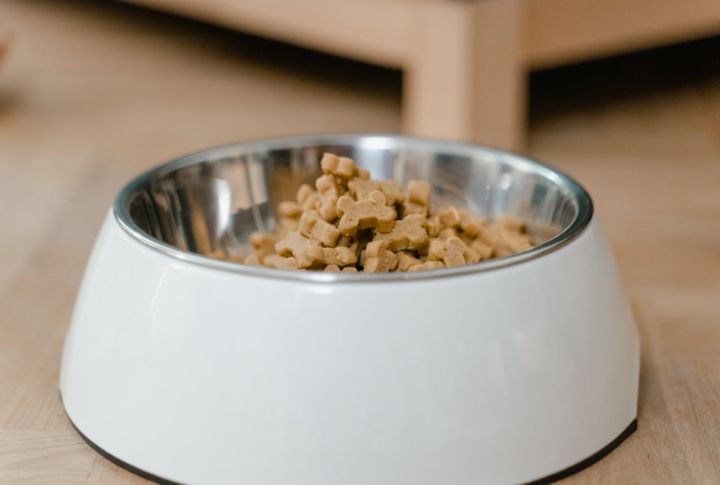
Pet bowls can quickly harbor dangerous bacteria, including Salmonella and E. coli, even when rinsed daily. A sticky biofilm frequently develops on surfaces, making them hard to clean thoroughly. Stainless steel bowls are better at resisting germs and easier to disinfect. Regular, thorough cleaning protects both pets and their owners.
Remote Controls

Used daily and rarely wiped, TV remotes harbor more bacteria than some toilet handles. Grease, crumbs, and microbes settle deep in the buttons. While it’s tempting to go heavy on disinfectants, doing so can wear them out faster. Regular gentle cleaning keeps your remote—and your immune system—safe.
Shower Curtain Liner

Vinyl liners tend to trap soap scum and dirt, especially in damp bathrooms. Within just a couple of weeks, mold and mildew may begin to develop. Washing the liner along with towels in the machine helps remove buildup. Regular cleaning prolongs the liner’s life and maintains a healthier shower environment.
Light Switch Plates
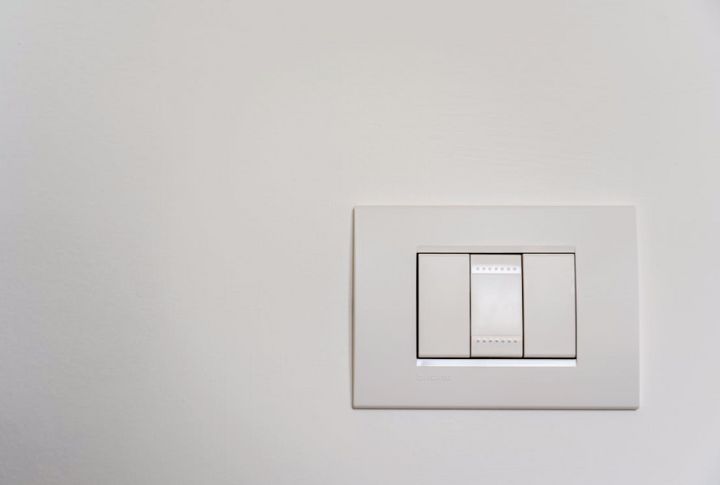
Switch plates are touched frequently but often overlooked during cleaning. In kitchens and bathrooms, they can collect germs and grime even if they look clean. Colored plates may hide dirt, but still carry bacteria. Regularly wiping them down helps reduce germ transfer and supports a cleaner, healthier home environment.

